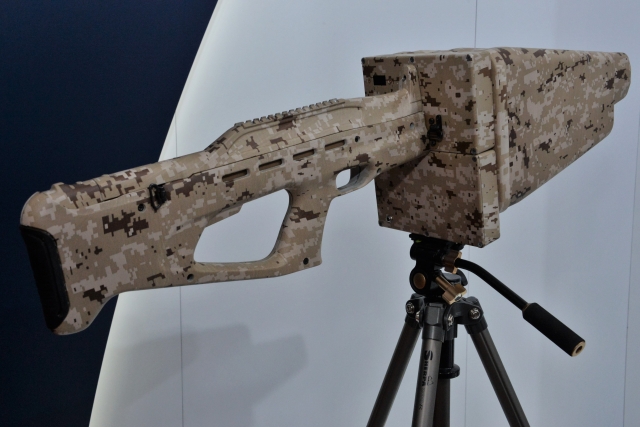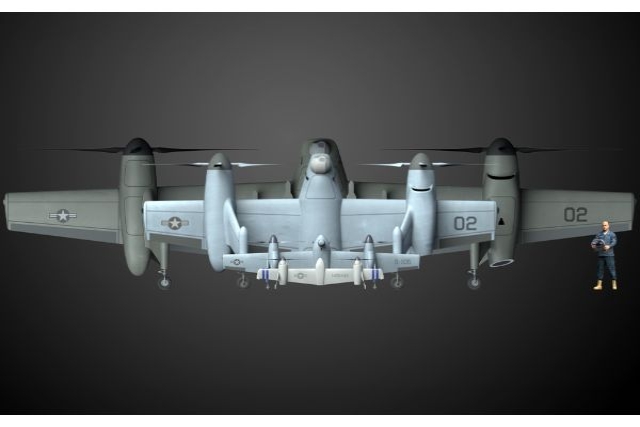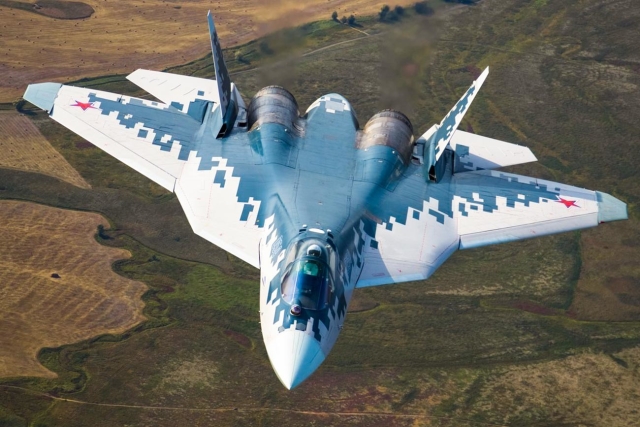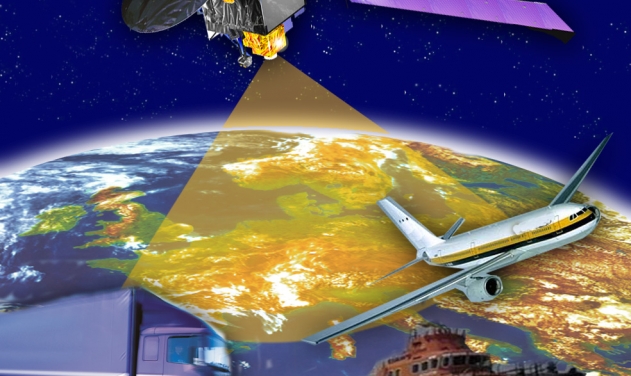Rosoboronexport Presents Layered Counter-drone Systems at Dubai Airshow

Syrian combat experience has helped Russia’s Rosoboronexport to develop counter-drone systems which it revealed today at the Dubai Airshow 2019.
“Rosoboronexport has developed a layered point and area system of electronic countermeasures. This system will provide a reliable protection of territories and sites from individual UAVs, as well as from swarms of drones,” said Rosoboronexport’s Director General Alexander Mikheev.
The layered point and area system of electronic countermeasures against small-sized unmanned aerial vehicles may, at customer’s request, include a number of elements, which differ in their radius of action, mobility and characteristics of covered sites and territories.
Area coverage of territories is provided by the Repellent electronic warfare complex, which is developed and produced by JSC Defensive Systems.
The complex detects the UAV itself and the ground control station via their transmitted radio signals, determines UAV type and the direction of its motion, after which it suppresses its data links, depriving it of communication, control and navigation. The distinctive feature of this complex is its ability to jam all UAV’s control circuits.
Repellent is an asset with a big radius of action, i.e. it is capable of detecting and suppressing UAVs at a distance of no less than 30 kilometers. The complex may operate in any season, all climate zones and in the most unfavourable weather conditions, including dust, rain and strong wind.
To cover vital installations, which may be airfields, sites of atomic or energy complex, etc., Rosoboronexport offers a wide spectrum of products of the Avtomatika Concern.
The Sapsan-Bekas mobile multi-purpose complex of countering unmanned aerial vehicles uses both passive and active means of detection. It provides for a guaranteed detection of all types of UAVs, including the ones with a minimized access into radio networks.
Sapsan-Bekas may detect UAVs by means of electronic intelligence at a range of no less than 20 kilometers and means of active radio location at a distance of 10 kilometers.
The range of jamming of control and navigation circuits depends on the offered configuration and may reach 30 kilometers, varying in line with customers’ requirements. Besides, the complex may act as a target designation asset for other electronic countermeasures and air defence systems.
The Kupol and Rubezh-Avtomatika complexes carry out continuous observation and create an umbrella dome over the installation. This is a barrier, which cannot be overcome, and which is capable of repelling attacks of separate drones and their groups, coming from different directions and heights in a radius of no less than 3 kilometers.
The Luch portable complex may be quickly deployed and used for the protection of various installations. It detects UAVs and creates interferences, which jam control and navigation circuits in an assigned sector at a range of no less than 6 kilometers.
The Pishchal portable complex performs similar missions. Its weight is only 3.5 kilograms, owing to which it is one of the lightest products, offered in the market. This means that Pishchal may be included in individual sets of equipment. The range of jamming of control and navigation circuits of UAVs is 2 kilometers.
A mock-up model of the Pishchal complex is demonstrated on Rosoboronexport’s exhibit, where it will be possible to obtain comprehensive technical information on all the Russian assets to counter unmanned aerial vehicles and discuss options of cooperation.









